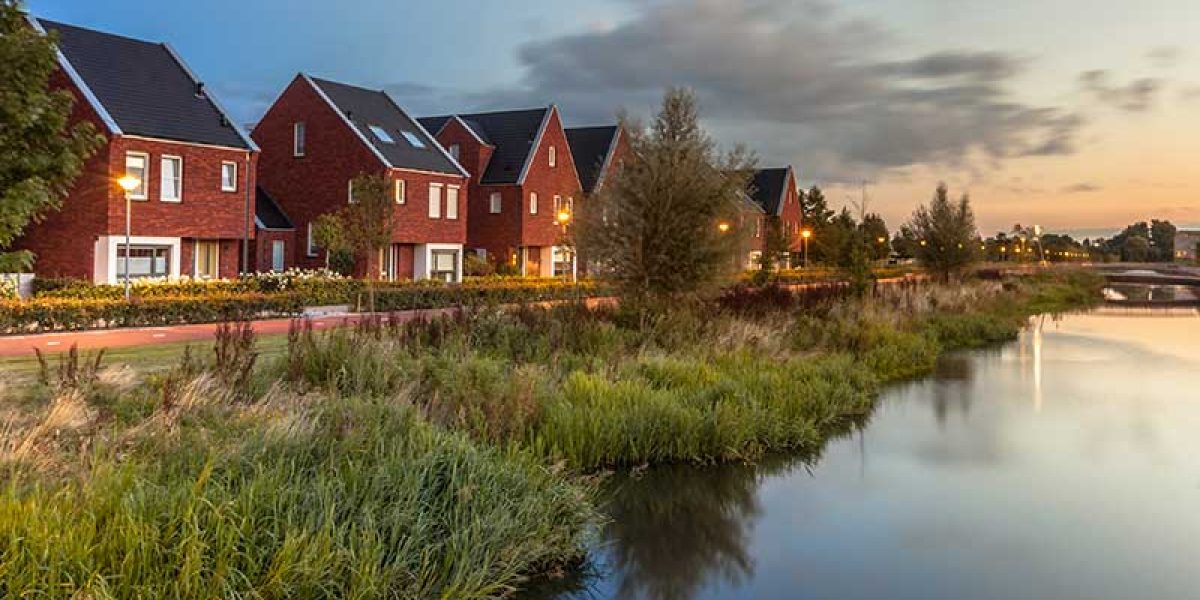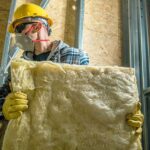As the world continues to face environmental challenges, it becomes increasingly crucial for individuals to incorporate eco-friendly behaviors into their daily existence. Living spaces are an area where we can have a significant impact. By implementing sustainable design principles and making conscientious decisions, we can create stylish and comfortable dwellings that also contribute to a greener future. This blog will examine eco-friendly ideas for sustainable living spaces that can aid in reducing our ecological footprint and fostering a healthier planet.
Energy-efficient lighting
Utilizing energy-efficient lighting is one of the simplest and most effective methods to create an eco-friendly living environment. Replace traditional incandescent bulbs with substantially more energy-efficient LED or CFL bulbs. Consider installing motion sensors or timers to turn off lights automatically when they are not in use, thereby reducing energy consumption. In addition, maximize window openings and use light-colored curtains or blinds to enable sunlight to illuminate your home.
Sustainable materials and furnishings
Choose eco-friendly materials and furnishings when designing or renovating your living space. Choose furniture manufactured from bamboo or reclaimed wood, which are renewable resources. Consider purchasing products that have been certified by organizations such as the Forest Stewardship Council (FSC) to ensure that the wood originates from sustainably managed forests. Consider using paints and coatings with low VOC (Volatile Organic Compounds) to reduce indoor air pollution. Moreover, invest in organic and natural fiber materials for bedding, curtains, and upholstery, as these are frequently free of hazardous chemicals and have a smaller environmental impact.
Efficient insulation and ventilation
Insulation and ventilation that are effective are essential components of an eco-friendly living space. Insulation helps maintain comfortable temperatures and reduces energy usage. Consider using insulation materials such as cellulose, recycled denim, or wool. Seal gaps and fissures to prevent heat loss and drafts. Install energy-efficient ceiling fans or opt for natural ventilation by strategically positioning windows to facilitate cross breezes to improve ventilation. This improves air circulation and decreases the need for air conditioning.
Water conservation
Water conservation is essential for the development of sustainable communities. Without sacrificing functionality, install low-flow faucets, showerheads, and lavatories to reduce water consumption. Consider collecting rainwater for plant irrigation and other non-potable applications. Select native plants that are adapted to the local climate and require less water to landscape your outdoor areas. By delivering water directly to plant roots, a trickle irrigation system can also help reduce water waste.
Recycling and waste management
Creating a sustainable living environment involves more than just design and materials; it also entails recycling and waste management. Create a recycling station with plainly labeled bins for paper, plastic, glass, and metal, among other recyclable materials. Reduce your contribution to landfills and create nutrient-rich soil for your garden by composting organic waste. Adopt the “reduce, reuse, and recycle” philosophy by upcycling old furniture or repurposing items rather than purchasing new ones.
Renewable energy sources
Consider utilizing renewable energy sources to power your residence. Install solar panels on your roof to harness the sun’s pure energy. This can help reduce your reliance on fossil fuels and your long-term electricity costs. If possible, you could also investigate the use of small wind turbines or geothermal heating and ventilation systems to reduce your carbon footprint further.
Conclusion
Creating an eco-friendly living environment contributes to a more sustainable future. By incorporating energy-efficient lighting, sustainable materials, efficient insulation, water conservation techniques, responsible waste management, and renewable energy sources, we can reduce the environmental impact of our residences without sacrificing comfort or style. Each modification we make to our living environments contributes to a verdant planet and encourages others to do the same. Let’s adopt these eco-friendly ideas and serve as agents of change in our communities. Together, we can create a better, more sustainable future for future generations.








